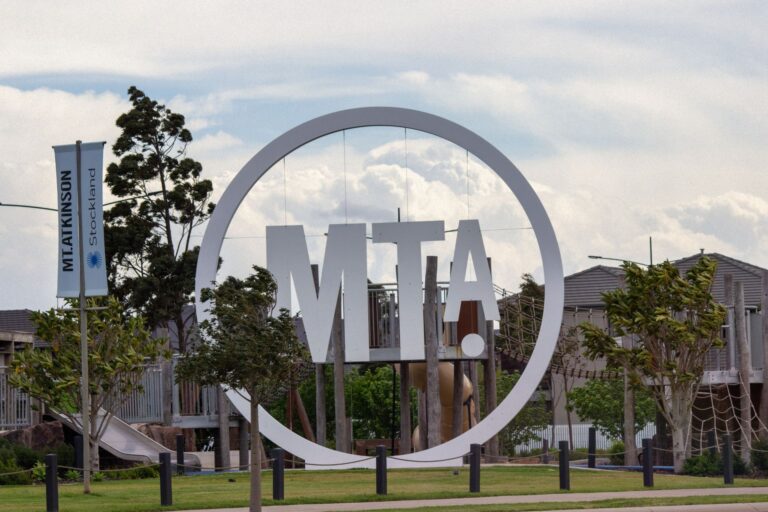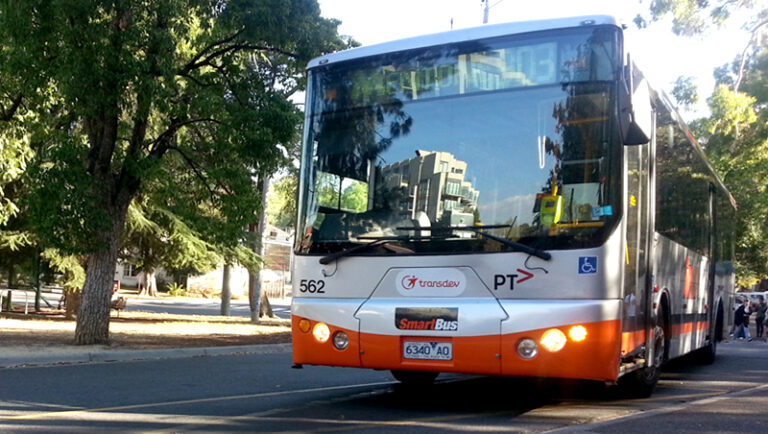12 of November 2024, 6:47pm
Parliament of Victoria | Legislative Council
David ETTERSHANK (Western Metropolitan):
My adjournment matter is for the Minister for Environment in the other place. Victoria’s native grasslands were once so abundant they covered much of the state, stretching uninterrupted from the border of South Australia to the centre of Melbourne. These temperate grasslands were rich in flora and home to countless species of marsupials, reptiles and insects. Now all but 1 per cent of these magnificent grasslands has been lost, along with the rich diversity of flora and fauna they once contained. Many native flower species are on the brink of extinction. The Derrinallum billy button, for instance, has only a single population remaining.
The CFA used to maintain diverse collections of native grasses in much the same way as First Nations people did for millennia – through regular burnings. But CFA roadside burns are becoming less frequent, further risking what little remains. Much of the remaining grassland is in my region of Western Metropolitan Melbourne, but this is a statewide issue.
A recent audit of the Melbourne strategic assessment (MSA) program by the Grassy Plains Network and the Victorian National Parks Association makes clear that the government’s flagship grassland conservation program is failing. Dr Adrian Marshall from the VNPA warned that:
… weeds and mismanagement are combining to destroy the very biodiversity values supposedly protected by this deal … developers thrive while nature and native wildlife continue to suffer irreversible damage from every risk the government was warned about.
Recently the Glenelg Hopkins Catchment Management Authority used federal funding to produce seeds for 17 local threatened species, essentially establishing a seed bank. Seed banks are critical for the remediation of the grasslands as local nurseries are unable to provide large quantities of those rare species that are vital for maintaining the diversity of the grasslands.
Given the MSA’s role in repairing the Western Grasslands Reserve it makes sense that they have a lead role in strengthening the native seed industry. So the action I seek is for the minister to meet with stakeholders such as the Victorian National Parks Association to discuss the creation of a native seed bank in partnership with the MSA to help meet their goals of revegetating and reviving the western grasslands.
Written Answer
Received: 18 December 2024
Hon Steve Dimopoulos MP
(Minister for Environment, Minister for Tourism, Sport and Major Events, Minister for Outdoor Recreation)
Thank you for your question on Tuesday, 12 November 2024, regarding Victoria’s native grasslands.
The Victorian Government is progressing with the delivery of the 15,000-hectare Western Grassland Reserve, permanently protecting land that supports habitat for some of our rarest plants, animals, and ecosystems. This effort is part of the broader Melbourne Strategic Assessment (MSA) program, one of Victoria’s largest urban conservation initiatives, which aims to secure more than 20,000 hectares across the Western Grassland Reserve and 36 Conservation Areas.
The MSA program ensures that urban development in these areas complies with both the Australian Government’s Environment Protection and Biodiversity Conservation Act 1999 and Victorian environmental laws. The program’s key goal is to achieve ‘no net loss’ of biodiversity for the species protected under its framework.
A core conservation action of the MSA program is the restoration of the Natural Temperate Grasslands, which are located within the Western Grassland Reserve and some of the 36 Conservation Areas. The restoration of these ecosystems is critical for the protection of threatened species and the endangered grassland ecosystem.
I’m advised that the MSA and its partners are engaging with Traditional Owners and key stakeholders, such as Local Government Authorities, the Grassy Plains Network, and universities, to discuss the enhancement and growth of the native seed industry. I understand this engagement has been positive, and all parties are committed to working together to achieve the conservation outcomes. The native seed sector plays a crucial role in ensuring the availability of species for revegetation and restoration projects statewide. The investment by the MSA program will support restoration efforts within MSA-managed areas, and will support a sustainable supply of high-quality, locally sourced seed for future restoration initiatives.
The Victorian Government’s commitment to the permanent protection of the Western Grassland Reserve also offers significant economic and employment opportunities for the native seed and ecological restoration industry. A well-supported industry is essential for sourcing and preserving high-quality, locally sourced seed necessary for ecological restoration efforts across both the Western Grassland Reserve and other MSA-managed conservation areas.
This year, MSA delivery partners have procured hundreds of kilograms of native seed from various suppliers across Victoria. The MSA program has also facilitated knowledge-sharing at various forums including field days, that have successfully brought together market suppliers, delivery partners, and research organisations, strengthening the grassland seed supply community.
Additionally, the economic opportunities generated by the MSA will benefit Victoria’s fastest-growing communities by stimulating local job creation and economic growth through the ecological restoration and land management industries. The progress of the MSA program can be followed at www.msa.vic.gov.au.
[ENDS]





